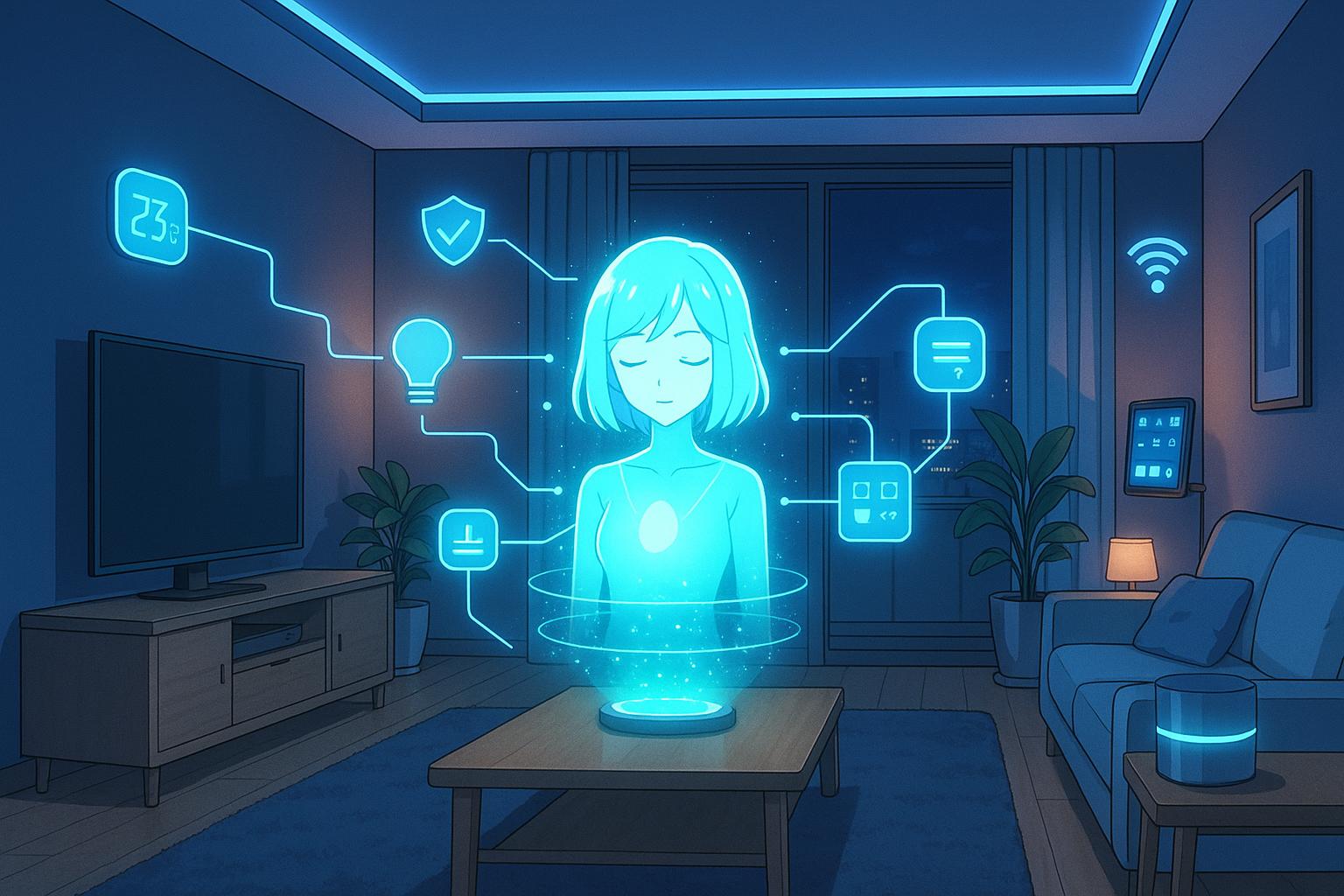The transformation of home living through advanced technologies has led to an era of smart homes that increasingly rely on artificial intelligence (AI) and the Internet of Things (IoT). The burgeoning capabilities of these technologies are shaping a new kind of residential experience, characterised by sophisticated automation, improved connectivity, and enhanced user interaction. As AI systems become more adept at learning and anticipating individuals' needs, the integration of various smart devices fosters an environment where everything is interconnected, making daily tasks far simpler and more efficient.
Artificial intelligence is at the core of this evolution, capable not only of understanding user preferences but also of interacting in a more natural and responsive manner. Modern voice-controlled systems exhibit a level of empathy, able to recognise not just commands but also contextual nuances such as the speaker’s identity and environmental factors. Innovations in spatial hearing, environmental modelling, and on-device processing enable devices to respond with greater accuracy and speed, reducing reliance on cloud-based data processing. This technological leap allows for the creation of a cohesive smart home ecosystem, appealing to consumers' desire for integrated solutions rather than a disjointed array of devices.
According to industry forecasts, the smart home market in Europe is projected to grow from $22.1 billion in 2024 to nearly $30 billion by 2029. Central to this growth is the push for interoperability among smart devices, offering a more seamless user experience. Consumers increasingly demand a unified ecosystem that facilitates functionality without the cumbersome need for multiple apps or platforms. Products such as AI-driven security cameras, smart locks, and energy management systems are seeing significant uptake, showcasing the shift toward home security and energy efficiency.
The integration of smart home technology with other platforms, including smart grids and wearable devices, further enhances this ecosystem. Sameer Sharma, AVP of the IoT Business Unit at MediaTek, described this integration as the "holy grail" in smart home technology. Speaking to the evolving standards, he highlighted the importance of Matter, a new interoperability standard, suggesting it represents a crucial step towards unifying the myriad technologies that consumers encounter. While some competing standards may complicate purchasing decisions, Sharma notes that the consumer drive for differentiation remains strong, complicating the landscape yet further.
At the same time, significant advancements in personalisation are expected to redefine user experiences in smart homes. Imagining a future where homes learn and adapt to lifestyles — from adjusting lighting to suit evening routines to planning workouts based on past activities — presents an intriguing vision. MediaTek envisions a future where smart homes seamlessly integrate into the daily lives of residents, essentially functioning in the background to enhance convenience and comfort.
Yet amidst these advancements, cybersecurity remains a pressing concern. An estimated 80% of IoT devices are vulnerable to cyber threats, including data theft and identity fraud, exacerbated by the highly interconnected nature of these devices. Actors can exploit weaknesses in any connected device to gain broader access to a home's network, potentially leading to severe ramifications. The introduction of the EU's Cyber Resilience Act will enforce stricter cybersecurity requirements across the digital product spectrum, including connected home devices, in a bid to secure communities against the evolving threat landscape.
The Cyber Resilience Act aims to establish comprehensive standards for the design and maintenance of hardware and software products, thus safeguarding both businesses and consumers. By mandating robust security protocols throughout a product’s lifecycle, the Act intends to close the numerous gaps that currently exist in cybersecurity frameworks. With compliance deadlines set for December 2027, firms are being urged to re-evaluate their security strategies, with those failing to comply risking significant competitive disadvantage.
Looking ahead, the rapid adoption of technologies such as machine learning and generative AI will continue to reshape the smart home landscape. These innovations will work quietly in the background, anticipating needs and refining user experiences, all while mitigating the risks associated with increased digitisation. The challenge, however, remains in balancing innovation with security—a complex task in a rapidly evolving market characterised by fierce competition and continuous technological advancement. As these changes unfold, the promise of a smarter living experience is becoming an undeniable reality, even if it demands vigilance against the accompanying risks.
Reference Map:
- Paragraph 1 – [1], [2]
- Paragraph 2 – [1], [5]
- Paragraph 3 – [1], [3], [4]
- Paragraph 4 – [1], [6]
- Paragraph 5 – [1], [3]
- Paragraph 6 – [1], [6]
- Paragraph 7 – [1], [2]
Source: Noah Wire Services
